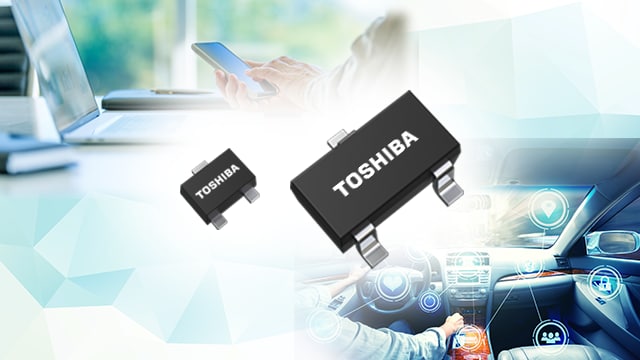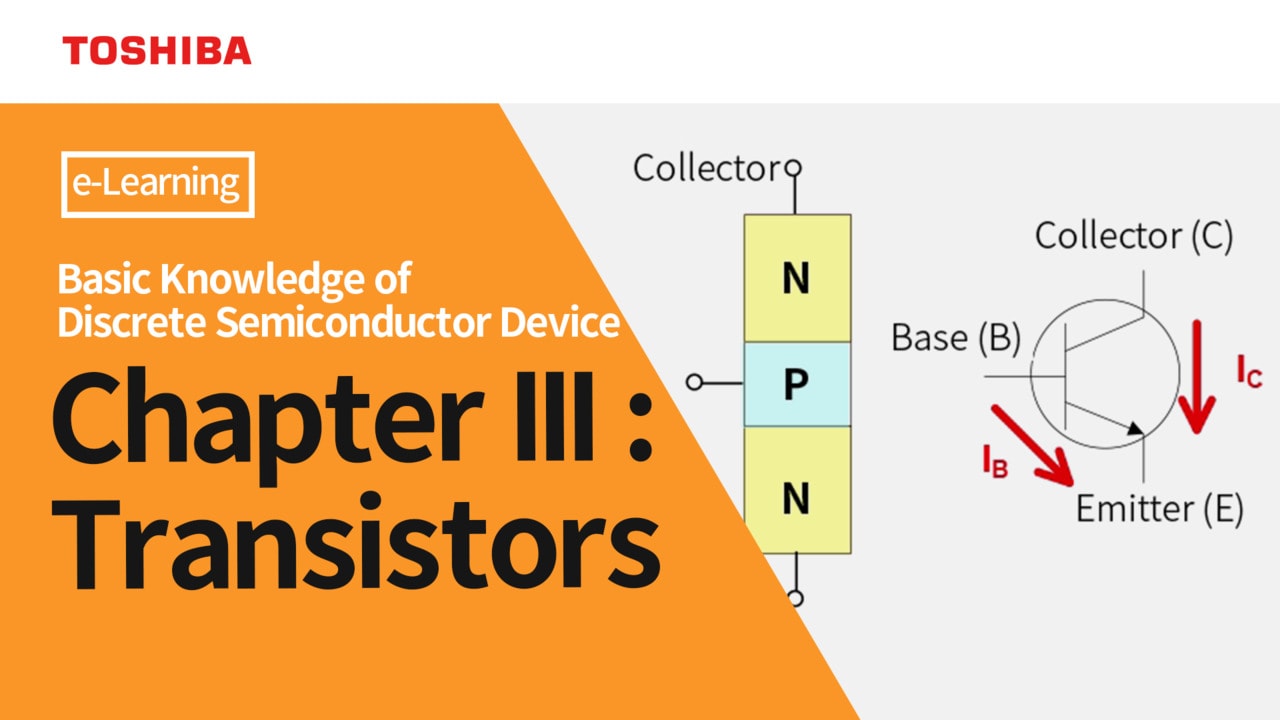-
My ToshibaSemicon
- 반도체 탑
-
애플리케이션Automotive
Body Electronics
xEV
In-Vehicle Infotainment
Advanced Driver-Assistance Systems (ADAS)
Chassis
IndustrialInfrastructure
BEMS/HEMS
Factory Automation
Commercial Equipment
Consumer/PersonalIoT Equipment
Healthcare
Wearable Device
Mobile
Computer Peripherals
-
제품자동차 디바이스
Discrete Semiconductor
다이오드
트랜지스터
로직 IC
Analog Devices
Digital Devices
Wireless Devices
※
: Products list (parametric search)
파워반도체※
: Products list (parametric search)
Isolators/Solid State RelaysPhotocouplers
Digital Isolators
Solid State Relays
Fiber Optic Transmitting Modules
※
: Products list (parametric search)
MOSFETsIGBTs/IEGTs바이폴라 트랜지스터※
: Products list (parametric search)
다이오드※
: Products list (parametric search)
마이크로컨트롤러모터 드라이버 ICIntelligent Power ICs※
: Products list (parametric search)
전원관리IC리니어 IC※
: Products list (parametric search)
범용로직IC리니어 이미지 센서기타 제품용 IC기타 제품용 IC
※
: Products list (parametric search)
-
개발/설계 지원
-
기술 자료
- 구매처
- 부품 번호 & 키워드 검색
- 상호 참조 검색
- 파라미터 검색
- 재고 확인 및 구매
This webpage doesn't work with Internet Explorer. Please use the latest version of Google Chrome, Microsoft Edge, Mozilla Firefox or Safari.
3글자 이상 입력하세요. Search for multiple part numbers fromhere.
The information presented in this cross reference is based on TOSHIBA's selection criteria and should be treated as a suggestion only. Please carefully review the latest versions of all relevant information on the TOSHIBA products, including without limitation data sheets and validate all operating parameters of the TOSHIBA products to ensure that the suggested TOSHIBA products are truly compatible with your design and application.Please note that this cross reference is based on TOSHIBA's estimate of compatibility with other manufacturers' products, based on other manufacturers' published data, at the time the data was collected.TOSHIBA is not responsible for any incorrect or incomplete information. Information is subject to change at any time without notice.
3글자 이상 입력하세요.
Are there any special considerations for heat dissipation from bipolar transistors?
1.When a bipolar transistor is screwed onto a board, do not tighten the device excessively. Particular care should be exercised when tightening a device with tap screws. Depending on the tilting of screws and an electric power screwdriver, tremendous stress could damage the mold resin of the device during the last few revolutions of the tightening process. To avoid this problem, use a screwdriver with torque control.
2.Additionally, use a heatsink with sufficient thermal resistance in consideration of the worst value during operation.
Consider forced cooling using a fan or the like as necessary.
3.Use screws of a size that matches the hole diameter.
4.For information about silicone and other insulating heat dissipation sheets, contact resin manufacturers. If necessary apply silicone thermal grease to further improve heat dissipation (i.e., reduce thermal resistance).
5.The mounting plane of a heat sink should be as flat as possible. An uneven surface could subject a device to excessive stress and damage it permanently in the worst-case scenario. The most commonly used heat sinks are made of aluminum or copper, both of which have excellent heat conduction properties.
6.Do not apply any mechanical stress to a heat sink once it is attached to a device.


Except for isolating devices, a heat sink will have the same electrical potential as the collector terminal. Therefore, isolation treatment may be necessary for the heat sink.
For heat sink design, see Bipolar Transistor Application Note: Thermal Stability and Thermal Design. For the attachment of a heat sink, see the application note Power MOSFET Thermal Design and Attachment of a Thermal Fin.
Related Links
The following documents also contain related information:



